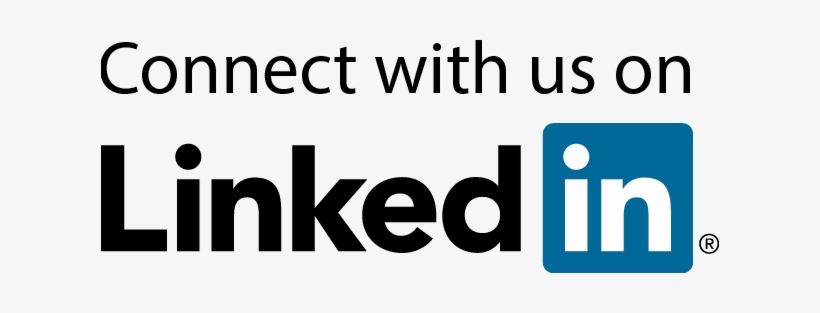By Susan Raridon Lambreth
At the recent Global LPM Summit, we asked our speakers for a word or phrase that best captures LPM. We may be a little biased (okay, a lot), but one of the ones we really liked was the response from David Rueff, Chief Solutions Officer for Baker Donelson (and my co-author of four books on LPM). He said, “In my opinion, the best word is strategic.”
We concur. LPM offers many benefits, but there are reasons why we consider LPM a strategy. But that begs the question: What is strategy?
Rueff continues: “It’s not just about how to achieve the client’s desired outcome, but how to achieve the business objectives, along with that desired outcome through planning, execution, and closure.”
You might start your LPM initiative by looking first at legal process improvement (LPI). A disciplined approach to LPI provides the tools and techniques that allow a matter team to leverage time and effort. LPM, however, while it results in efficiencies, can be so much more. LPM is a strategy that delivers value to both the clients and the firm, changing how legal tasks are planned and managed.
Let Your Principles Guide You
In 2007, Michael D. Watkins, Professor of Leadership and Organizational Change at the International Institute for Management Development in Switzerland wrote an article for Harvard Business Review. In it, he writes:
“A business strategy is a set of guiding principles that, when communicated and adopted in the organization, generates a desired pattern of decision making. A strategy is therefore about how people throughout the organization should make decisions and allocate resources in order to accomplish key objectives.”
LPM provides those guiding principles that, once applied, begin to change the culture and the very fabric of the firm. These principles include a commitment to:
- Consistent, collaborative, and repeatable approaches to managing matters
- Reliable and transparent practices for negotiating project scope and budget
- Enhanced alignment of the work product to the client’s needs and priorities
- Ongoing client communications that provide value and visibility, help to manage risk, and engender loyalty
- Stewardship over highest and best use of resources
- Integration of LPM techniques into business development efforts
- Greater job satisfaction and clearer path to successful performance for both lawyers, legal professionals, and allied professionals
The guiding principles capture the firm’s values and beliefs, providing the framework for strategic decision making. Now you can ask the critical questions along every step of the process. Is this repeatable? (Not the outcome, but the process.) Are we transparent enough? Have we considered the client’s needs beyond the outcome in the matter? Can our lateral hires understand how we do things around here? Are we using our resources wisely? LPM provides the context so that no one is simply going through the process. Each person has a value-added role.
We Already Manage Our Projects
Many of your most experienced partners and lawyers will claim that they already manage their projects. Indeed, they may have an Excel spreadsheet, a task list, and a drawing on the whiteboard. But actual LPM has a client-focus, structure, and visibility that many informal methods of scoping and managing projects lack.
Without the strategic overlay to your LPM initiative, you may find lawyers and legal professionals simply waiting for things to revert back to the way they used to be, you know, that time in the past when nobody thought much about cost inefficiencies, and everyone did it “my way.” But going backwards is simply not an option in the current competitive environment. Clients are demanding greater control and accountability. They will tell you what constitutes value, but quite frequently not until they call to complain about the bill and expect you to reduce it.
Law firms must be proactive. They can do this by implementing sound LPM strategies from the start. Once you begin to apply strategy to your LPM efforts, you’ll reap the long-term benefits. How does this differ from the tactical management of projects? Pushing each matter forward with the goal of crossing the finish line is the short-term approach. Considering the long-term implications is strategic. And in time, a strategic approach will reduce the level of tactical effort required. That’s your efficiency gain.
Striking the Balance Between Strategic and Tactical
There is definitely a component of tactical management required for LPM. It includes managing the scope and the schedule to time and budget constraints. It requires both training and aptitude to manage the nitty-gritty details. That’s the tactical piece, arguably the easiest part. The challenge comes in the strategies that help the firm grow and become more profitable and create greater value for clients. Through sound strategies, the firm will gain a distinct competitive advantage in the legal marketplace.
You’ll have the right balance of tactical and strategic when you ensure that:
- Activities are aligned with your firm’s long-term objectives
- Lawyers and legal professionals feel challenged and energized by the work they perform
- Clients get what they need beyond successful completion (and they tell you as much)
- You’re able to rinse and repeat
With the execution of strategic LPM, your initiative begins to feel like an accomplishment rather than a mere checklist of activities. Make no mistake: when you do LPM right, your product delivery will be efficient. But when you do LPM strategically, it will add to the bottom line, secure client loyalty, and invigorate your most talented people.
 Susan Raridon Lambreth
Susan Raridon Lambreth
Co-Founding Principal, LawVision
Susan Raridon Lambreth is a founding Principal at LawVision Group and is internationally recognized as one of the top project management and practice group consultants for the legal industry. She has worked with approximately half of the AmLaw 200 on practice group issues or training their practice group leaders and many of the leading firms in North America, UK and Australia on legal project management initiatives. She has authored eight books on law firm management, including three on practice group management, four on LPM and one on legal operations. She has trained over 5,000 law firm leaders in practice leadership skills and over 6,000 legal professionals in LPM skills. She also has co-chaired for the past 11 years the largest annual conference in the world on legal project management for the Practising Law Institute in New York, which regularly attracts 400 to 550 attendees. She recently co-chaired the first annual Global LPM Summit (GlobalLPMSummit).
Prior to co-founding LawVision, she was a partner with Hildebrandt International or its successor firm for 20 years. She received her JD from the University of Pennsylvania School of Law and an M.B.A. from Villanova University.

